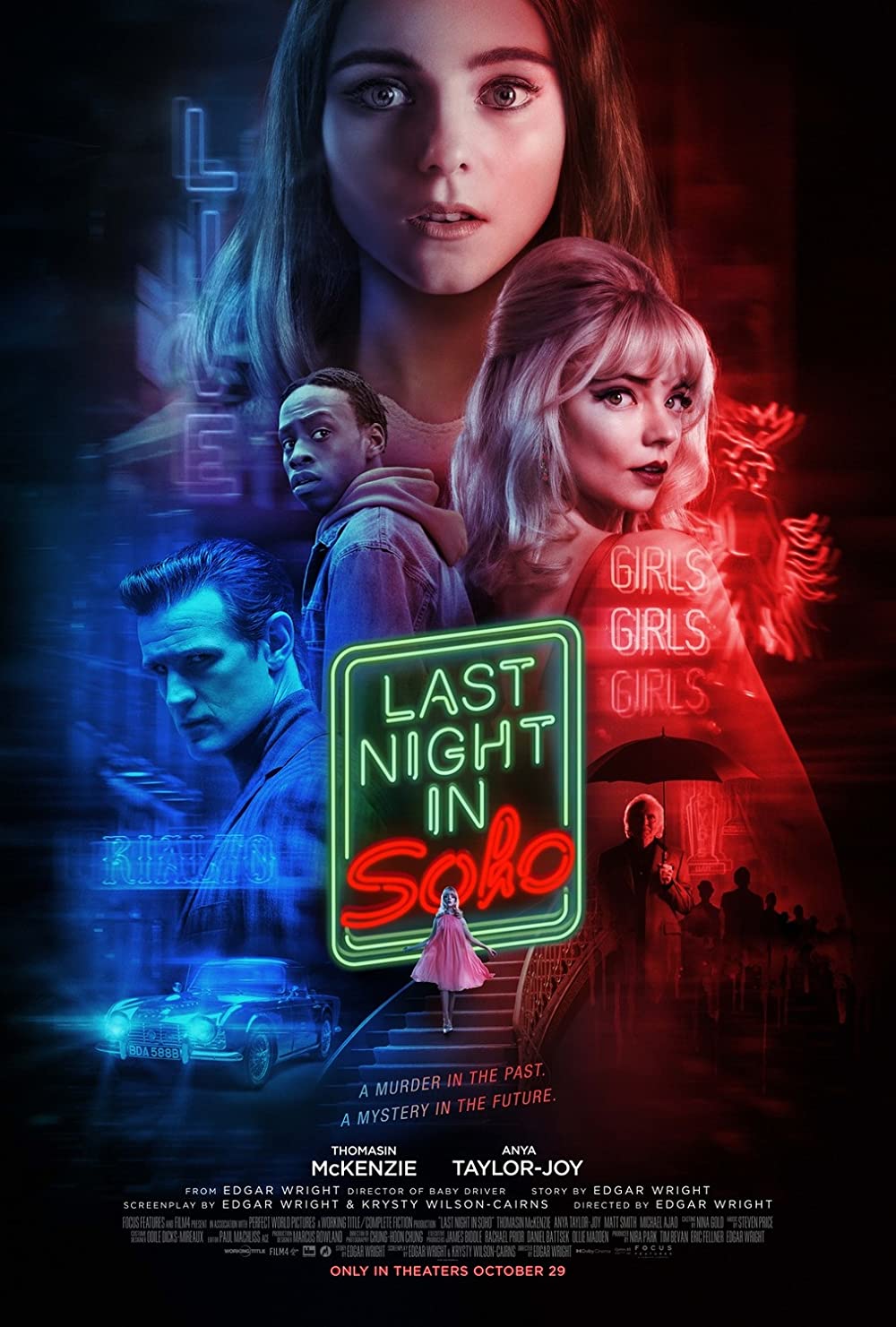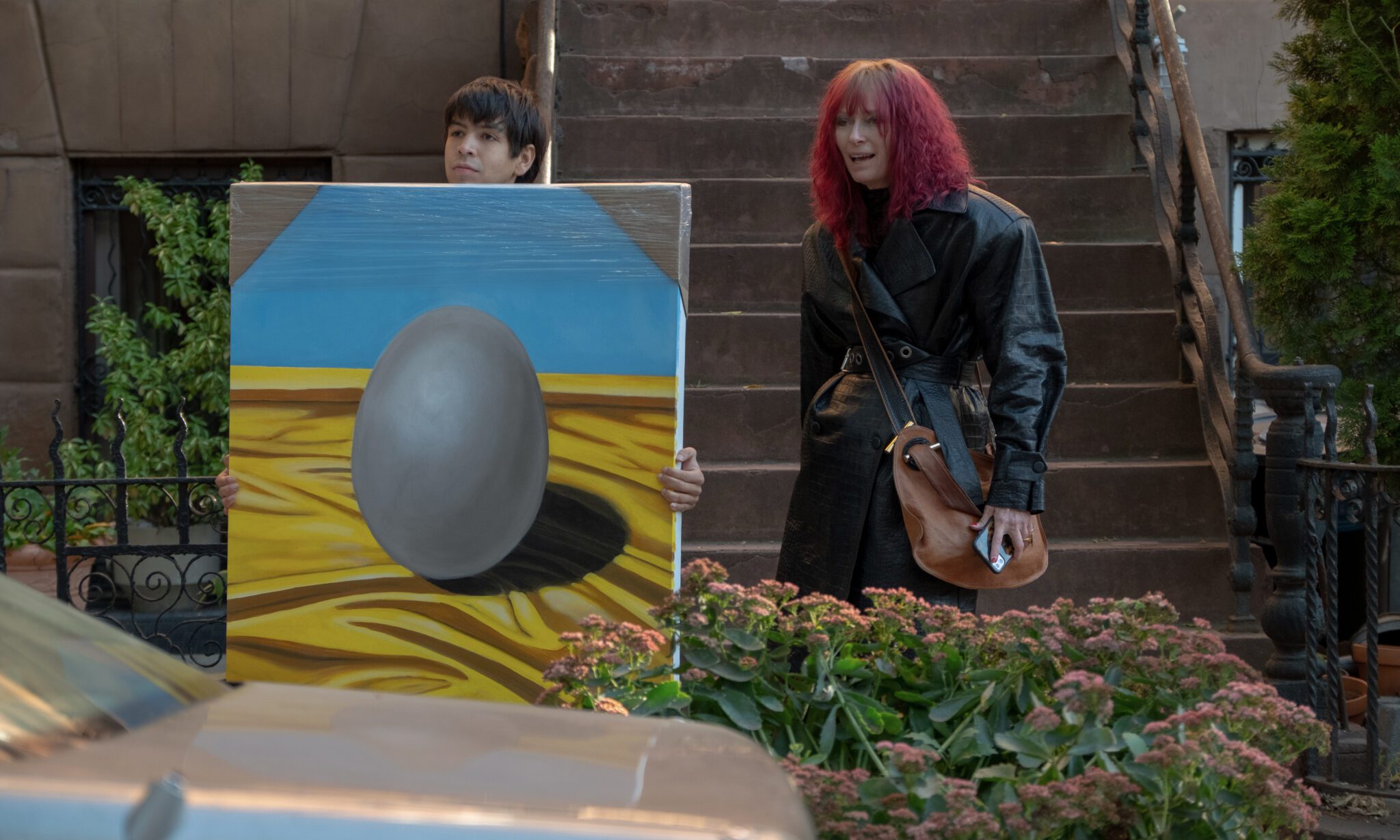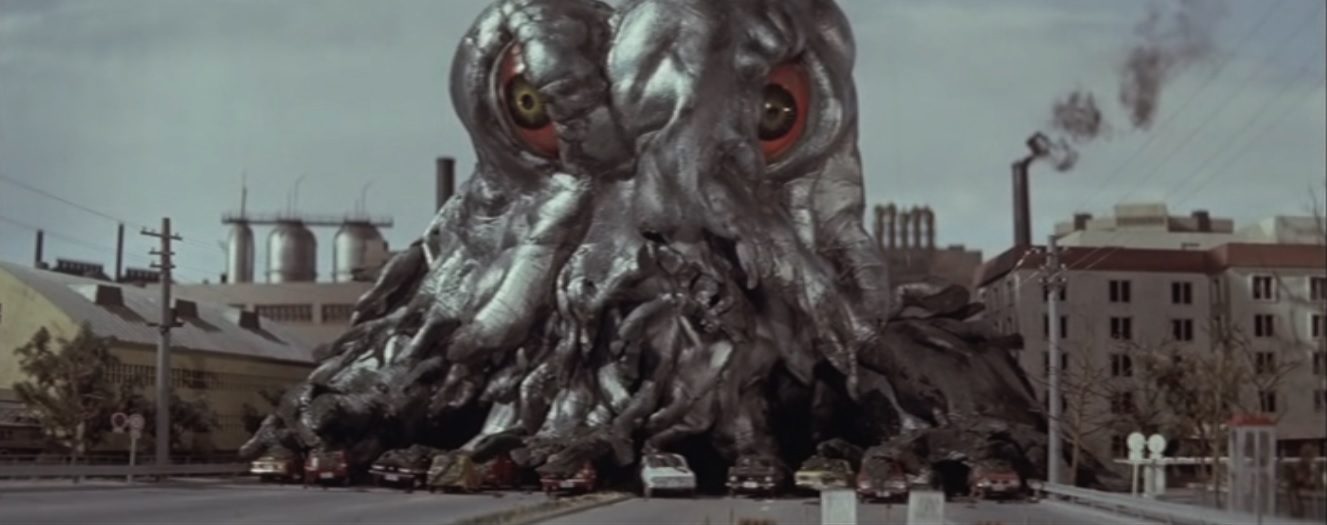
A fisherman (Yoshio Yoshida) brings an unusual tadpole-like fish he caught in Suruga Bay to Dr. Toru Yano (Akira Yamanouchi).??While Dr. Yano investigates this tadpole, a giant tadpole monster is seen attacking two boats that have collided in the bay.??Dr. Yano goes diving in Suruga Bay to try to find the monster, leaving his son Ken Yano (Hiroyuki Kawase) playing on the shore.??Both Dr. Yano and Ken are injured by the monster, receiving what seems to be chemical burns after coming into contact with the creature.
Dr. Yano discovers the tadpole-like monster can separate into smaller such creatures, or merge with others. It also seems to grow when it feeds on toxic pollution, with no obvious limit to how big it can get. Ken suggests naming the creature Hedorah.
Hedorah?s next form, a giant quadrupedal sludge monster, comes ashore and begins inhaling the fumes being pumped out of the chimney of a factory.??Godzilla also comes ashore and engages Hedorah in battle.??Godzilla manages to drive Hedorah back into the sea and disappears into the ocean in pursuit of the monster.
Hedorah soon comes ashore again, this time in a round, flat flying form. As it flies over Japan, is spews corrosive fumes, suffocating the people below it and dissolving the flesh off their bones. Godzilla appears and attempts to stop Hedorah, but is also affected by the smog monster?s toxic fumes.
Dr. Yano discovers the only way to beat Hedorah is to dry it out. He contacts the JSDF and instructs them to build a giant device for that purpose. The plan is to try to get Hedorah between two electrodes and then quickly dehydrate him.
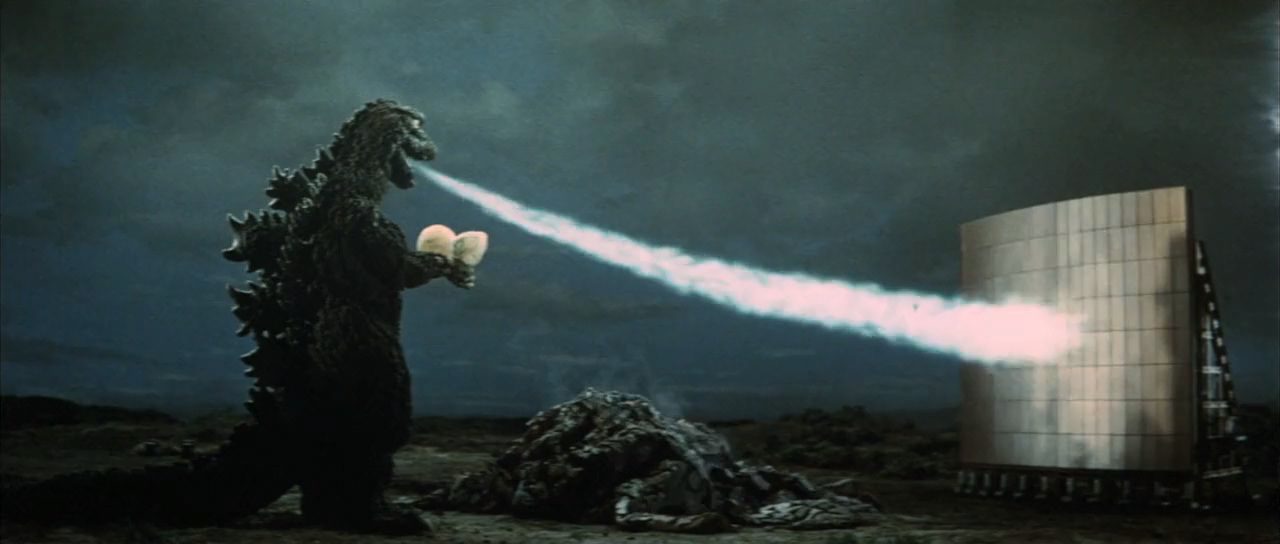
Hedorah reappears on Mount Fuji in his final form, an upright walking pile of gunk, with Godzilla close behind him. Godzilla and Hedorah fight as the JSDF quickly puts up the electrodes, but the monsters battle their way through the electrical wires necessary to power them. As the military tries to repair the wires, Hedorah is lured between the electrodes. Godzilla blasts the electrodes with his atomic ray, allowing them to power up and start to dry out Hedorah. Hedorah attempts to flee, but Godzilla flies after him, catching the toxic monster. Godzilla brings Hedorah back to the electrodes and finishes him off, turning him to dust.
As the 1970s dawned, television was proving to be fierce competition for theatrical films in Japan, and it was beginning to have a major impact on the film studios.??Daiei Film, the company that produced the Gamera series and the Daimajin trilogy, collapsed into bankruptcy in 1971 shortly following the release of?Gamera vs. Zigra?(1971).??Other studios, like Toei Company, increased the amount of skin and violence in some of their films to levels above that which was permitted on television, allowing them to offer something distinctly different from what was on the small screen.? Nikkatsu Corporation, the oldest Japanese major film production company, went all in on the skin, producing almost exclusively erotic films from 1971 to 1988 in what they called their Roman Porno line.
Massive changes were underway at Toho too, but one thing that stayed the same, at least at the beginning of the 1970s, was that they were still producing Godzilla movies.??Pollution had become a major problem in Japan, and so the decision was made to have Godzilla face a monster that was the result of pollution and smog.??Godzilla vs. Hedorah?is not subtle in its environmentalist message, hitting the viewer with images of people and Godzilla suffering disfiguring injuries as a result of contact or being in close proximity to Hedorah.??Human skeletons are left in Hedorah?s wake as he flies over urban areas, his pollution dissolving the flesh off anyone unfortunate enough to get caught underneath as he passes over.??In many ways, this almost mirrors?Godzilla?(1954) and the powerful way it made its point about radiation and nuclear weapons.
Unfortunately, Godzilla vs. Hedorah seems unsure whether it wants to be a horrific social commentary or children?s entertainment. Ken Yano plays a key role in the film and Godzilla acts very human-like at points. Also, near the end of the film, there is a scene where Godzilla flies after Hedorah, using his atomic breath as a kind of rocket propulsion to fly through the air. The juxtoposition of these more childish elements alongside the graphic injuries suffered by Hedorah?s victims, including Ken himself, gives the film a very uneven tone.
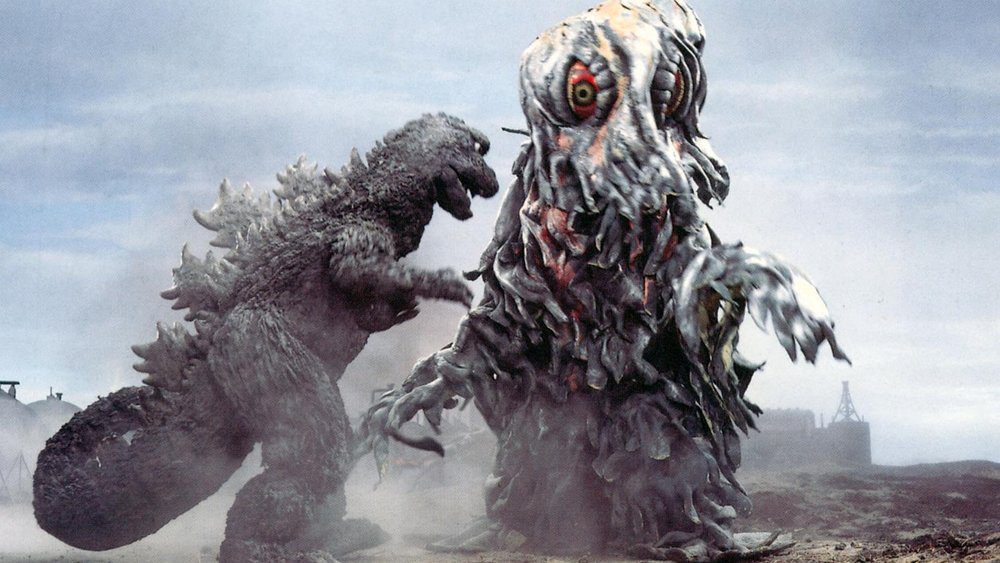
Despite this unevenness, Godzilla vs. Hedorah has gone down as a cult classic. It?s arguably the strangest Godzilla movie and is bursting with creative imagery, including dancing skeletons, people with fish heads, animated sequences, and a great multi-form monster in Hedorah. Godzilla vs. Hedorah is not afraid to try new things for the series and is a lot of fun for it.
Godzilla vs. Hedorah was dubbed into English, including the catchy theme song, at Titra Studios in the United States and released in North America by AIP in 1972 as Godzilla vs. The Smog Monster. Godzilla vs. The Smog Monster was released on VHS by Orion Home Video in 1989 and Simitar Entertainment in 1990.
In 2004, Columbia TriStar Home Entertainment released Toho?s international version of Godzilla vs. Hedorah on DVD. This version had English on-screen titles and viewers could choose to watch the film with the original Japanese audio or Toho?s own English dub, which had been recorded in Hong Kong. The international version with the same two audio options was released on DVD and Blu-ray by Kraken Releasing in 2014. Both the Columbia TriStar Home Entertainmentand Kraken Releasing releases are out of print. Only the original Japanese version of Godzilla vs. Hedorah is currently available, and it is as part of The Criterion Collection?s Godzilla: The Showa-Era Films, 1954-1975 Blu-ray set featuring the first 15 Godzilla movies.
DVDReviewsVOD
